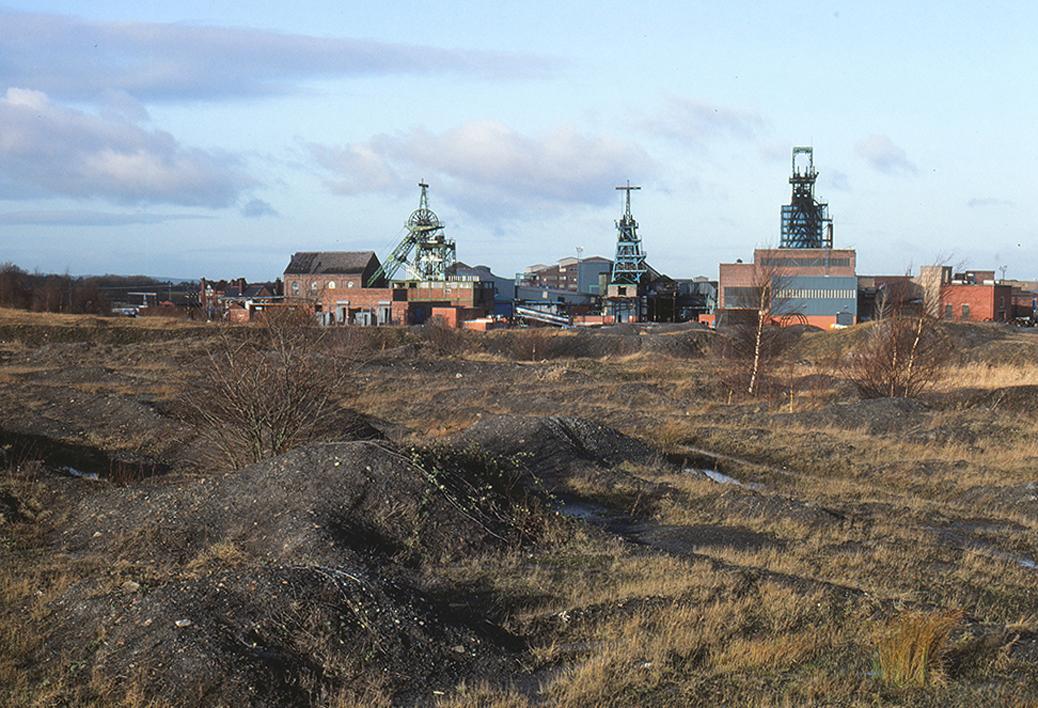FEATURE
AERIAL ADVENTURE Landscape features captured with Kodak Infrared Aerial Ektachrome 8443. ERIC HOULDER LRPS Back in those long-ago summers of the late 1960s, I was working as an archaeologist for the British Museum on Britain’s most charismatic archaeological site, Sutton Hoo. Part of my responsibility as a site supervisor was shooting colour transparencies. For this I was using my Minolta MD outfit including a Weston V meter, with Agfacolor (sic) CT18, which was acknowledged as the most accurate colour film for scientific purposes, though not perhaps the sharpest. I also had a Yashica 44, a twin lens reflex using 127 film for monochrome. Whilst going about our daily work on site, we could not help noticing USAF F100 Super Sabres passing over on regular patrols; the pilots were intrigued by the dig below and visited us in the base chopper, a Kamen Husky, which raised clouds of dust and caused many symbolic two figure gestures! So they re-visited us in their cars, and offered to make amends by shooting some aerial pictures of the site. This they duly did, and a week later, together with the other three supervisors, I was called into the director’s hut to see the weirdest transparencies I had ever viewed. This was my first experience of Infrared Ektachrome which had only recently been de-classified by the US military.
Back home in Yorkshire, in the pub following a meeting of PontArch, I mentioned these pictures to a friend, Michael Leach (who sadly died very recently). Michael possessed a pilot’s licence, and offered to provide the necessary wings. Cliff Green, our local dealer went to enormous trouble and eventually obtained two twenty exposure cassettes of the film direct from Kodak Rochester. Swatting up the extensive leaflet, I tried everywhere to obtain the Number 12 filter. Initially I used a Wratten gelatine one, but this bulged in the 120 mph slipstream. Cliff finally discovered that Toshiba produced a glass version and got one. We soon discovered too that the dense filter obstructed the view in an SLR, so I purchased a Zorki 4 rangefinder camera. The film was processed using Kodak E4 process, but expensively as the solutions could not be re-used.
Kamen Husky taking the first 8443 images at Sutton Hoo. The observer’s ‘bone dome’ may clearly be seen at the window. Minolta SR1v, 55mm Rokkor, Agfa CT18.
The aircrew were not photographers, they had no access to the necessary No.12 (3x yellow) filter, and the Husky, being twin rotor, contra-rotating, shook like mad. Frankly, the images were rubbish, though today some would label them DCM and pretend that they were deliberately shot. However, they demonstrated that this film could see through thin sand, soil, some crops, and shallow water. 18
Michael Leach in the Chipmunk which was used in our initial sorties. Yashica 44 TLR. FP3.
The recommended speed setting was 100 ASA which included the filter. This proved to be accurate, but as another camera with conventional film was required as a control, it would make metering unduly complex







